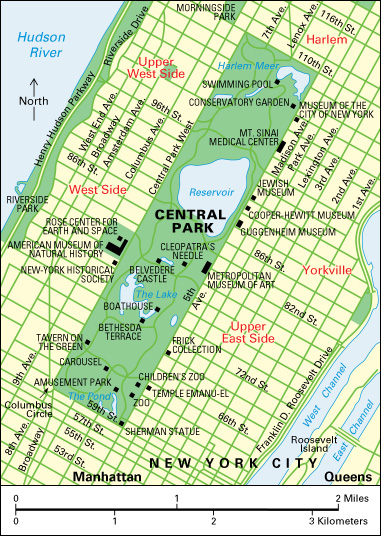Landscape architecture is a profession that involves the design and development of land for human use and enjoyment. It is concerned with the beauty of natural surroundings as well as practical ways to use land and the objects on it. People professionally trained in this field are called landscape architects.
Landscape architects create plans for a wide variety of land development projects. These projects may range from national parks to small city squares, or from multifamily housing developments to gardens for single family homes. Landscape architects may create equipment for a playground or propose a master plan for university expansion. They might plan the layout of a golf course or for an entire new community. They are involved at all levels at which land use decisions are made, from land planning to site design, to land use management.
Land planning.
Landscape architects prepare regional land use reports. These reports include environmental impact statements, which evaluate what land is best suited for residential, industrial, transportation, recreation, and conservation purposes (see Environmental impact statement). They study such area features as climate, water supply, vegetation, soil composition, and the slope of the land. They attempt to preserve attractive views and historic landmarks, and to avoid erosion, flooding, and air and water pollution. Landscape architects often work with traffic engineers, economists, ecologists, city planners, and public officials.
Site design.
After land use has been determined, landscape architects prepare site development plans and supervise construction contractors. They work with architects to fit structures to land forms, making best use of breezes, sunlight, and views. In designing roads, parks, and other sites, they keep mature trees for shade and arrange for proper grading and drainage. They design walls, fences, steps, pavement patterns, and planting arrangements.
Landscape architects try to arrange outdoor facilities so the facilities function smoothly and harmonize with the surroundings. A city plaza, for example, would have sitting places, fountains, and ornamental plants designed to fit well into traffic and building patterns.
Land use management.
Landscape architects help park superintendents and other land administrators develop procedures for using land in a way that conserves its productivity and beauty. For example, a landscape architect might prepare a resource management program for forests and waterways, or a restoration plan for land with historic significance.
History.
Landscape architecture as a profession dates from the mid-1800’s. But as an art, it has been practiced for thousands of years. For example, many Roman homes built between the 400’s B.C. and the A.D. 400’s had elaborate courtyards. Other early examples include the gardens of ancient Persia (A.D. 200’s to 600’s) and Japan (A.D. 500’s). The Italians designed and built beautiful hillside estates and civic plazas during the 1400’s and 1500’s. France in the 1600’s and 1700’s was noted for its magnificent palaces and its city gardens. English designers planned natural-looking country estates during the 1800’s.
Many of these early projects were gardens and country estates, and the designers were often called landscape gardeners. Frederick Law Olmsted, an American, was the first person to call himself a landscape architect. In the 1850’s, Olmsted and Calvert Vaux designed New York City’s Central Park. When Olmsted signed these plans, he placed the words landscape architect under his name. He saw his job as creating outdoor environments much as architects plan buildings. In 1899, his followers formed the American Society of Landscape Architects, the profession’s national organization.

Today, landscape architects are employed as consultants, teachers, or staff members of government agencies. Most of these positions require a professional degree from an accredited university program.
